🧠 Affordances in the Brain: The Human Superpower AI Hasn’t Mastered
Today’s science reminds us of something quietly powerful: humans are not just passive observers of the world—we are active agents, instinctively wired to understand how we can interact with our surroundings. This remarkable ability is called affordance perception, and new research reveals it as a deeply rooted neural superpower that even the most advanced artificial intelligence systems haven’t yet replicated.
A groundbreaking study from the University of Amsterdam, published in June 2025, reveals that our brains automatically process what actions are possible in a scene—even before we consciously think about it. Whether it’s walking down a path, climbing stairs, or picking up a cup, the human mind makes these calculations effortlessly. This natural process is something AI, despite all its advancements, still can’t match.
🔍 What Are Affordances?
In simple terms, affordances refer to the possible actions an environment or object offers. A door handle affords pulling, a bicycle affords riding, a ladder affords climbing. The concept was first introduced by psychologist James J. Gibson in the 1970s. But only now, in 2025, are scientists beginning to unravel how this is encoded in the human brain.
We don’t just see things—we subconsciously evaluate how we can interact with them. This allows us to move through the world quickly, safely, and efficiently.
🧠 The Brain’s Instant Action Calculator
In the new study, participants viewed hundreds of images showing natural and urban environments. These included forests, rivers, staircases, roads, and buildings. As people looked at the images, brain activity was measured using high‑precision fMRI scans.
Here’s what shocked researchers: even when participants were simply looking—not moving or acting—their brains showed distinct activity patterns based on what actions were possible in the scene. The brain was calculating potential movement.
For example, looking at a lake activated brain areas related to swimming. Viewing a clear trail sparked neural activity related to walking or cycling. This happened automatically, without any instruction to think about movement.
🧠 Affordances Happen Without Thinking
One of the most powerful findings? The participants weren’t told to think about what actions were possible—they were just observing. Still, their brains activated motor-related regions as if preparing to act.
This suggests that affordance detection is a built-in function of the human mind. We are constantly reading the world not just for what it is, but for what we can do in it.
🤖 Why AI Still Can’t Match Us
Today’s AI systems can identify objects with stunning accuracy. Some can describe scenes in natural language. But even the most powerful models—like GPT-based vision systems—struggle with affordances.
Here’s why:
AI sees what is, not what can be done.
Human brains link vision to action almost instantly.
AI lacks a body or sensorimotor experience.
While a robot might “see” a stairway, it may not inherently understand that it can be climbed—unless it has been explicitly trained, again and again, in similar environments.
Humans, by contrast, need only a single glance to judge what’s possible. This comes from a lifetime of moving, interacting, and building sensorimotor knowledge.
🔄 The Gap Between Seeing and Doing
Even when AI systems were tested in this research using the same images and asked to label possible actions, they failed to show the same neural-like patterns as humans.
This confirms that AI is still fundamentally disembodied. It learns from data—but not from the lived experience of movement. It doesn’t have the same motor resonance that allows us to recognize affordances instantly.
The research team also found that AI models tend to rely on visual features alone, while human perception is action-oriented. We don’t just see an object—we understand what to do with it.
🌍 Applications: Why Affordances Matter in the Real World
Understanding affordances isn’t just scientific curiosity—it has real implications for the future of technology and robotics.
🤖 Robotics & Autonomous Agents
For a robot navigating a disaster zone, simply seeing rubble isn’t enough. It must evaluate what surfaces it can walk over, climb, or avoid. Affordance perception is key to safe and intelligent movement.
🚗 Self-Driving Cars
Vehicles must distinguish not just objects but drivable or undrivable terrain. Understanding whether a stretch of road affords movement is essential for avoiding accidents.
🧠 AI Development
Affordance-based systems could make AI more efficient, needing less data and training time. They could help machines generalize better to new environments by learning how to act, not just what to see.
💡 Tips for Designing Better AI
This research provides clues on how to build smarter, more human-like AI:
Focus on sensorimotor learning instead of only visual datasets
Integrate action-predictive models into computer vision
Mimic the brain’s ability to compute affordances automatically
Develop AI that learns from physical interaction, not just data
🧬 Neuroscience Meets Future Tech
What’s truly exciting is how this study bridges neuroscience and machine learning. For the first time, scientists can pinpoint where in the brain affordance perception happens and how fast it activates.
Regions in the visual cortex lit up within milliseconds of viewing action-rich images. This proves that affordance recognition is part of the perception process, not a later, conscious decision.
This discovery opens the door for developers to mimic this brain architecture in new AI systems—ones that don’t just label objects, but understand what to do with them.
🔮 What Comes Next?
The findings highlight how far AI still has to go. We may be building machines that see—but to truly act and react in the world, they must also perceive affordances like humans.
Researchers now aim to:
Map affordances in other brain areas, like the motor cortex
Test more realistic environments using VR
Train embodied AI using real-world exploration
Build hybrid AI-neuro systems that fuse brain-inspired action logic
💭 Final Thoughts: Our Human Advantage
Humans have a built-in advantage. We move, touch, climb, and explore. That embodied experience shapes how we perceive the world. Affordance perception is one of our greatest cognitive strengths—and a major hurdle for AI to cross.
This latest research confirms: we are not just viewers, we are doers. Our brain doesn’t wait for instruction—it continuously reads the environment for opportunities to act.
Until machines can do the same, they will remain far behind the graceful efficiency of human intelligence.
✅ Summary
Affordance perception is our ability to instantly detect what actions a scene or object allows. New brain research shows this skill activates automatically in humans, even without thinking. It happens fast, in the visual cortex, and links seeing to doing. Today’s AI systems, however, cannot replicate this power. While machines can recognize images, they don’t understand what to do with them. That’s a major gap in robotics, navigation, and computer vision. But now that neuroscience has revealed how affordances work, we may finally be able to teach this human superpower to the next generation of machines.

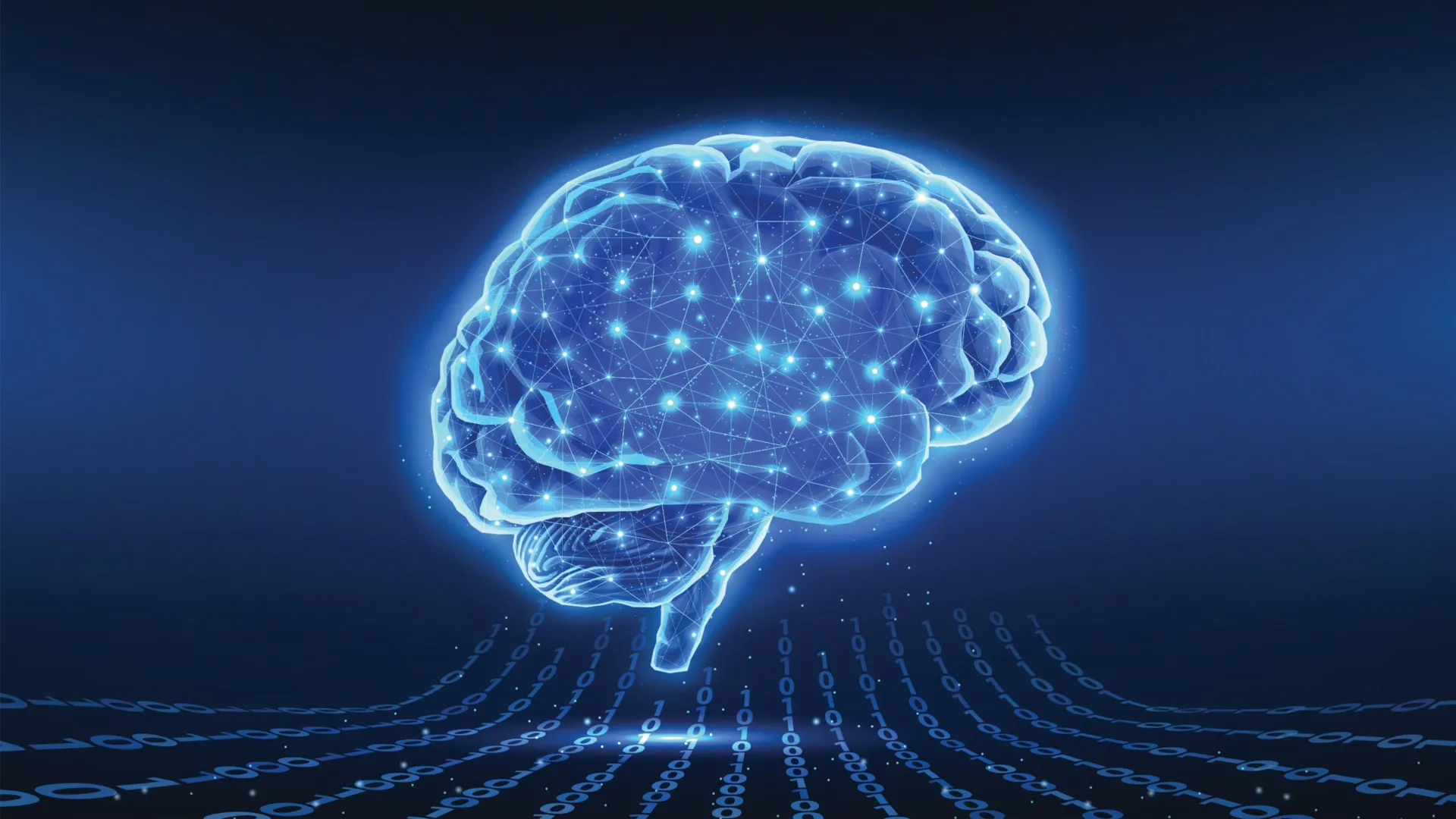

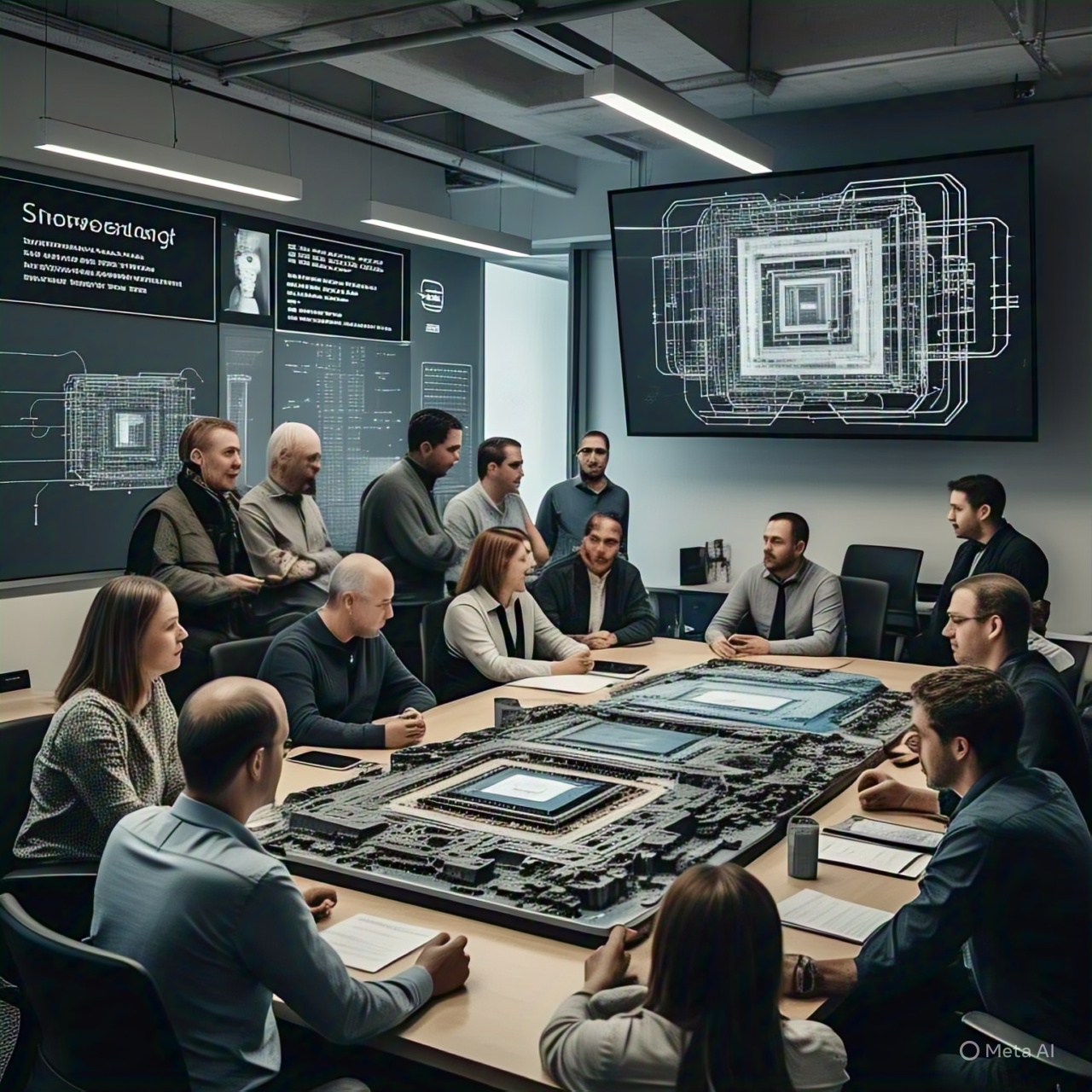
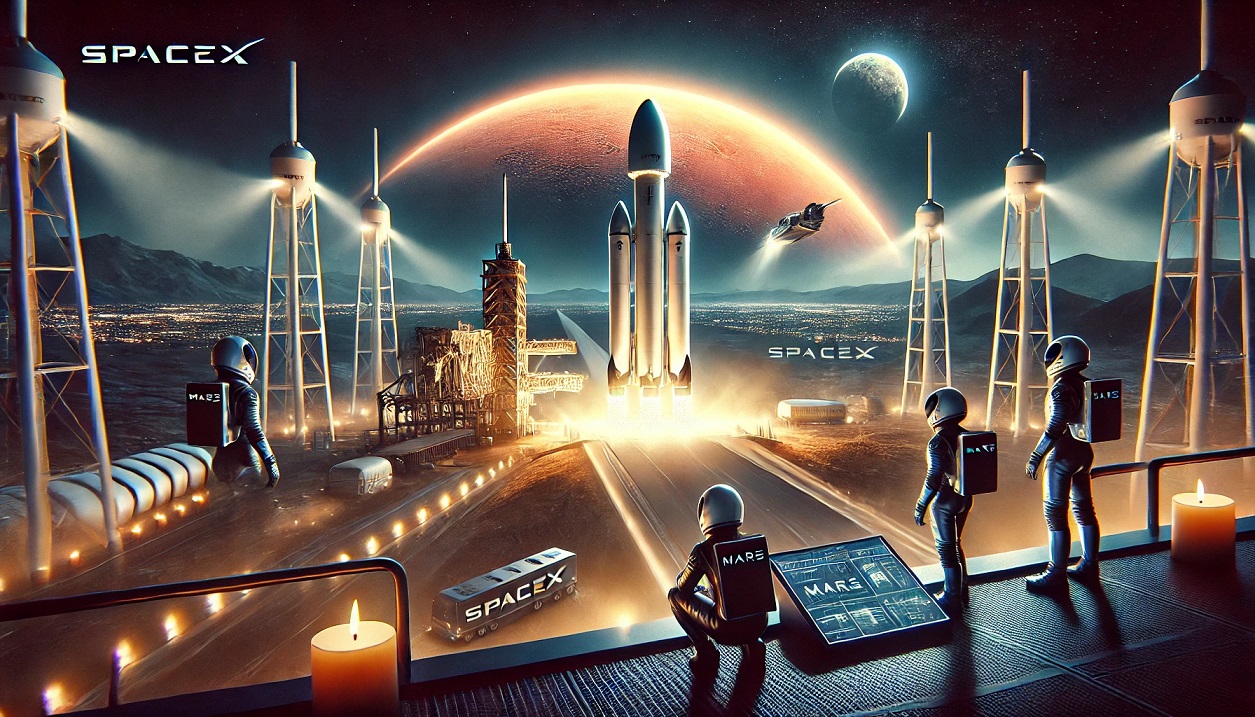
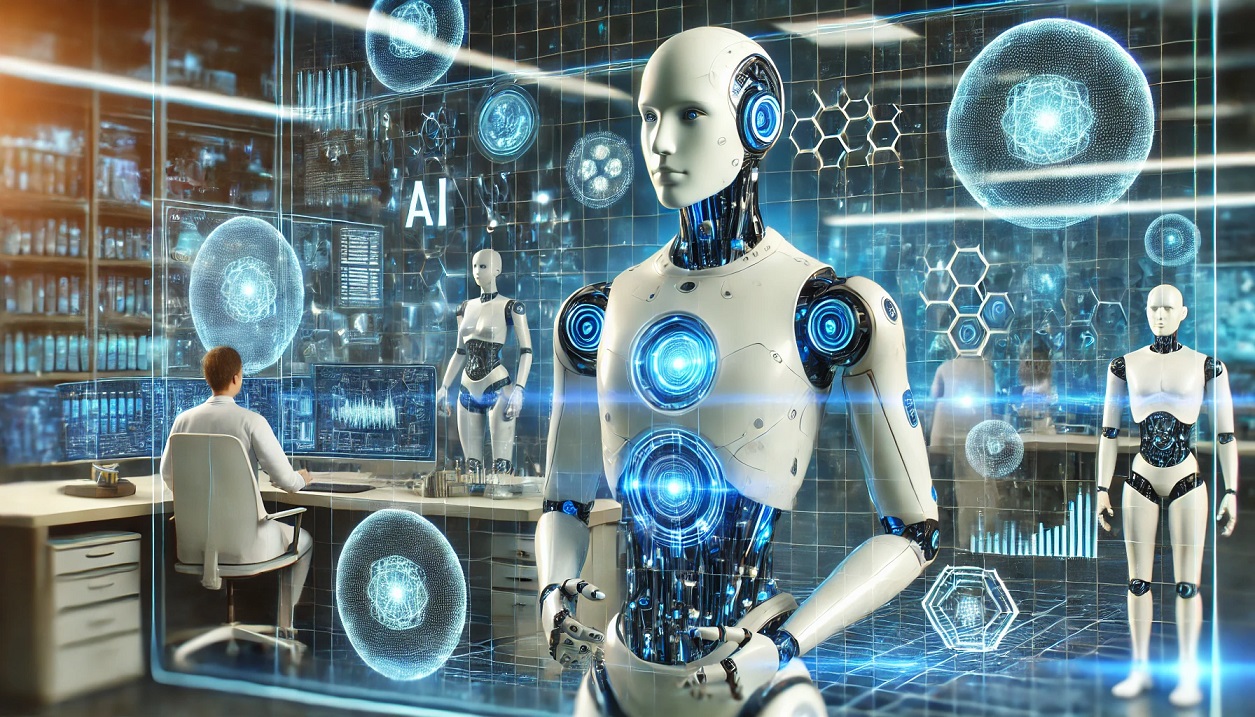
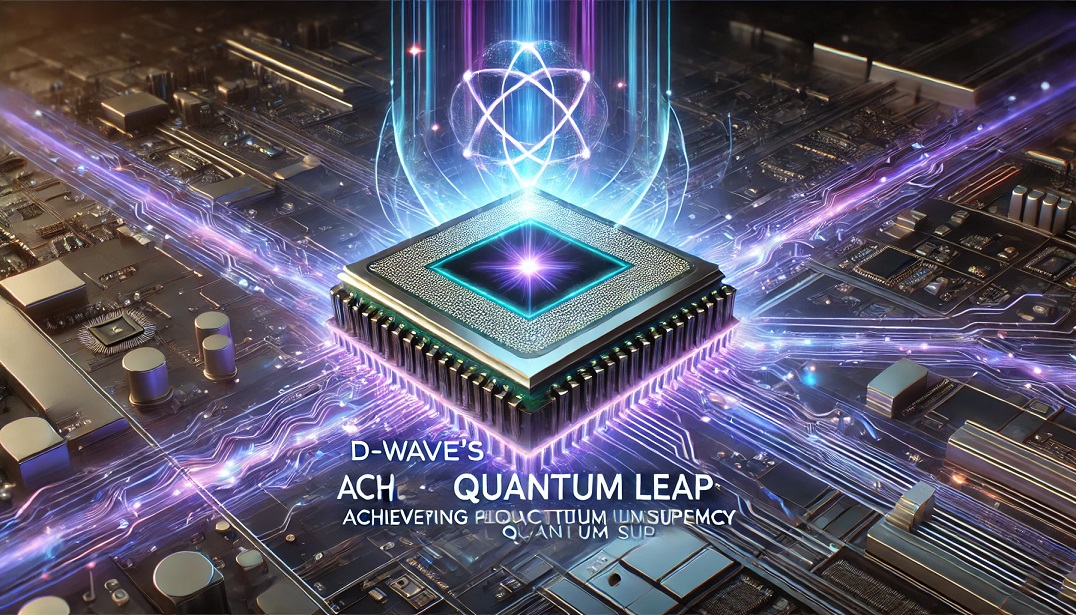

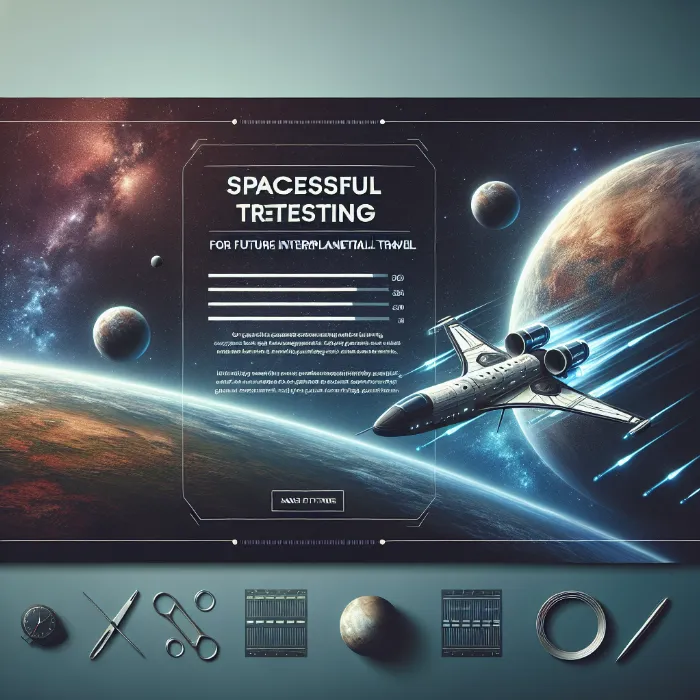
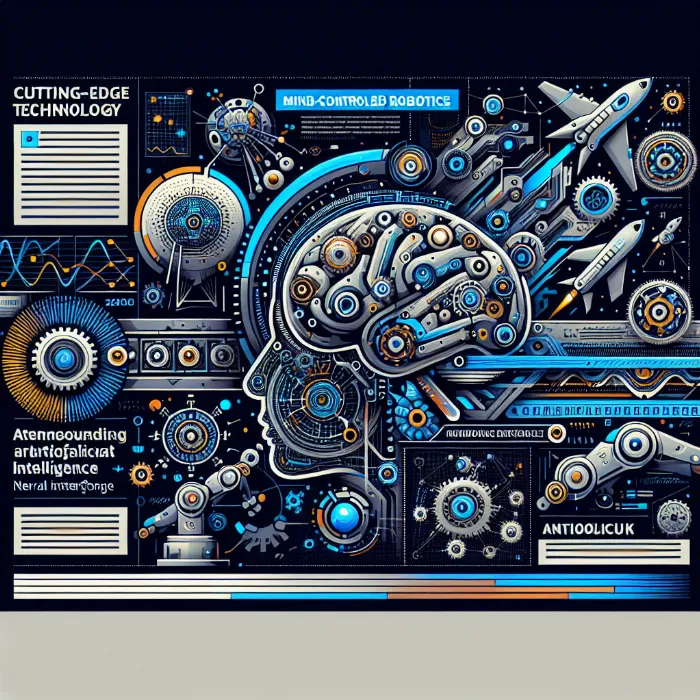

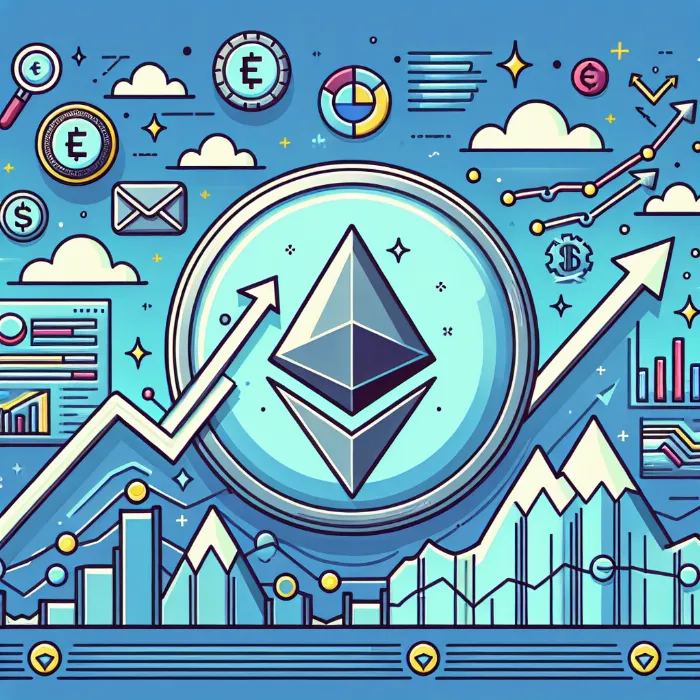




Comments 0